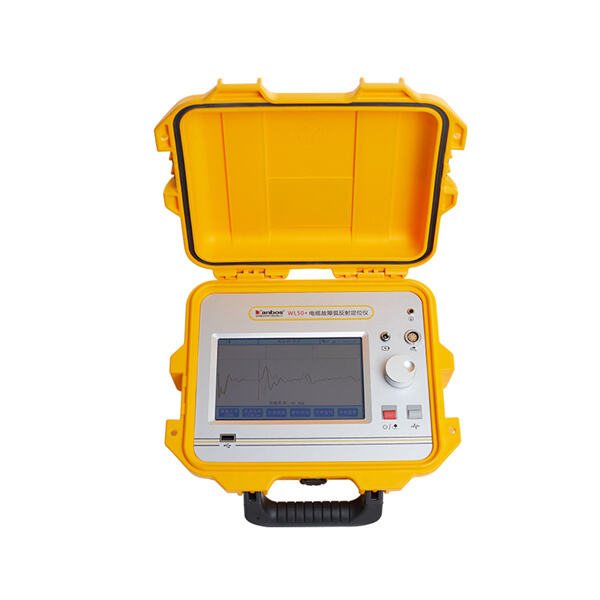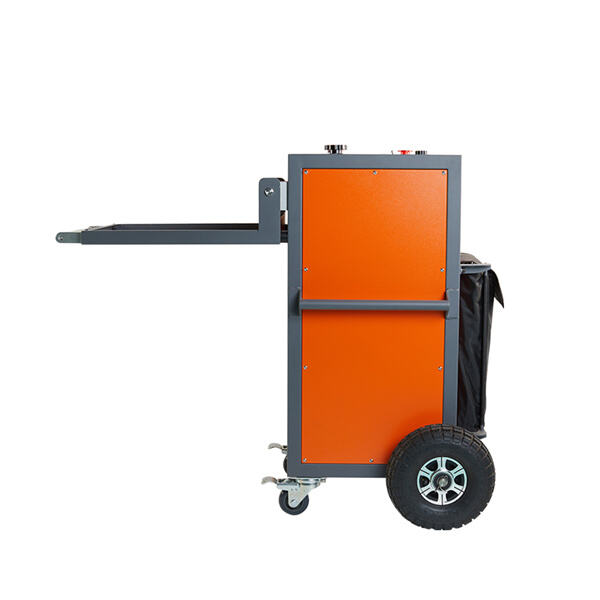 EN
EN
 EN
EN
Det finns flera metoder för att hitta kabelfel, och den mest lämpliga bör väljas beroende på kabeltypen och typen av fel. En av de vanligare metoderna är Tidsdomänreflektometri, eller TDR för kort. I denna metod sänds ett unikt signal över kabeln och dess resetid bestäms sedan. Att göra detta låter tekniker bestämma hur långt bort felet ligger längs kabeln.
En teknik som heter Impulssströmmetod (ICM) är också användbar för att identifiera kabelproblem. I denna metod injiceras en kraftig elektrisk ström in i kabeln. Detta skapar en magnetfält där det kan upptäckas av en specialiserad sensor. Bulletin 3: Återigen, beroende på vilken typ av kabelproblem du försöker hitta, är denna metod speciellt användbar för att identifiera vissa typer av problem och hitta deras spår.
En annan metod kallas Surge Wave Reflection, eller SWR för kort Produkter . I denna teknik genererar man en spänningspuls och ser hur den reflekteras tillbaka. Genom att analysera denna reflektion kan teknikerna identifiera var problemet i kabeln finns. Denna metod är effektiv för isolering av felaktiga kabel men kräver specialutrustning för att genomföra den.
En av de viktigaste aspekterna vid lokaliseringskabelängder effektivt är att spara tid och pengar. Det låter dig undvika en vildgässjakt när du vet var problemet finns. Detta kommer att spara tid samt ambassaden för utrustning som inte fungerar. Dessutom, Kabelfellokalisering kunskap om var problemet ligger skyddar kabeln från att skadas under utgrävning om det behövs, vilket maximera prestanda och ökar kabelns livslängd.

Det finns tusen anledningar till kabelproblem. Fukt och kablerna försämras efter lång tid, även med slitage och föremål som omger dem. Temperaturerna kan ändras - vilket kan påverka kablerna; djur når också dem, Kabeltestning och diagnostik oavsett om det är en plågspindel som gnager på ledningarna. Om tekniker noggrant hittar felet, kan de inte bara lösa problemet utan också diagnostisera och identifiera en rotorsak. Som ett resultat kan de ta preventiva åtgärder mot att historien upprepar sig.

Jag förstår hur problematiskt nedtid kan vara för kabelföretag och deras kunder. Medan kunderna antar att deras kabeltjänst alltid ska fungera, så kan besvärerna vara stora när den inte gör det. Nedtid leder till förlorad intäkt för tjänsteproviders, och varje minut som spenderas på att identifiera och lösa problemet leder till ännu större ekonomiska förluster.

Tanbos anställer personal som är väl tränad och experter inom alla typer av kabelproblem. Genom att använda de senaste verktygen och teknikerna för att upptäcka fel tidigt, Kabelidentifiering kan de minimera nedtiden och hålla våra kunder nöjda. Våra experter är de bästa när det gäller att erbjuda högkvalitativ service direkt till din dörr, och se till att du inte måste vara utan kabeltjänst i lång tid.